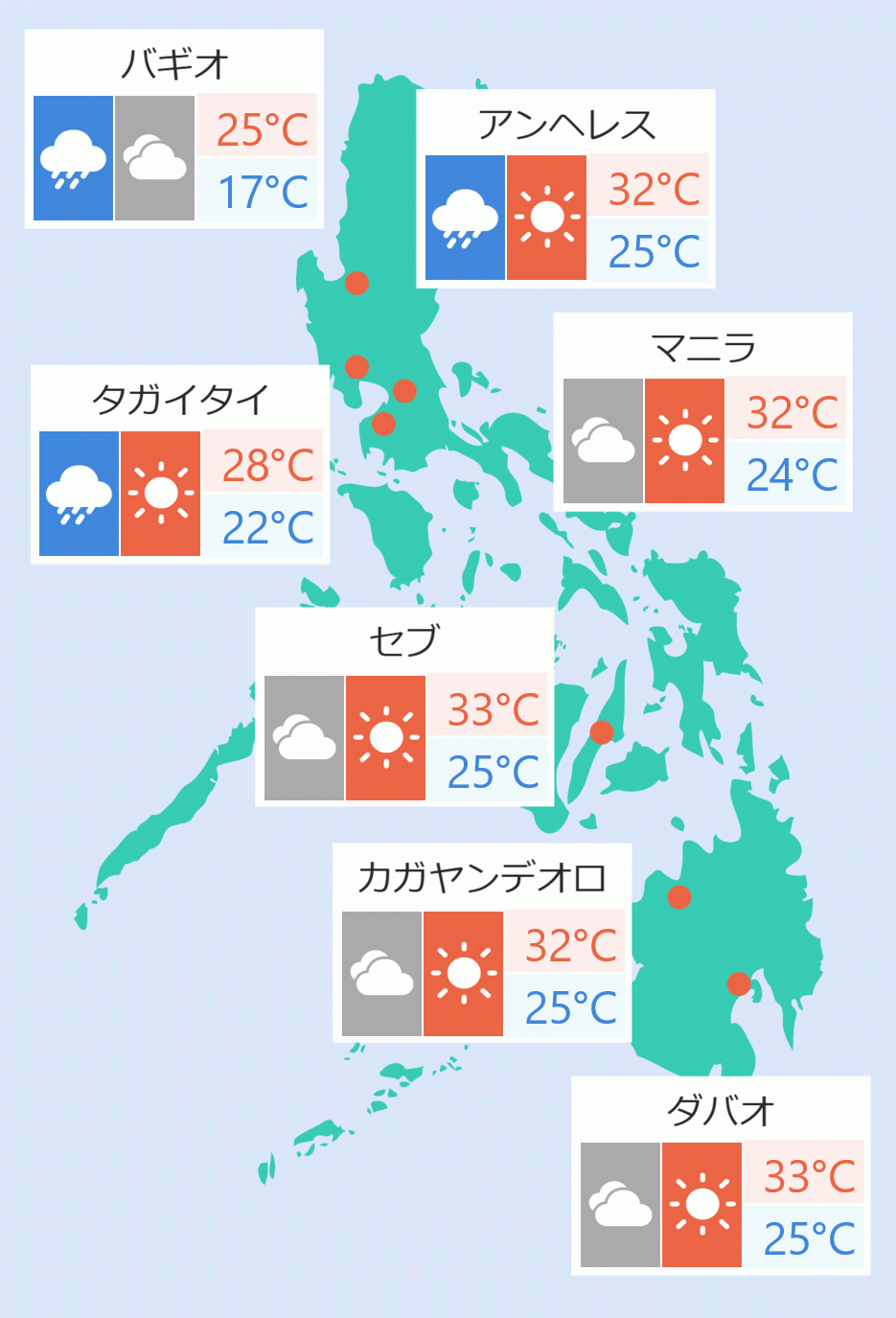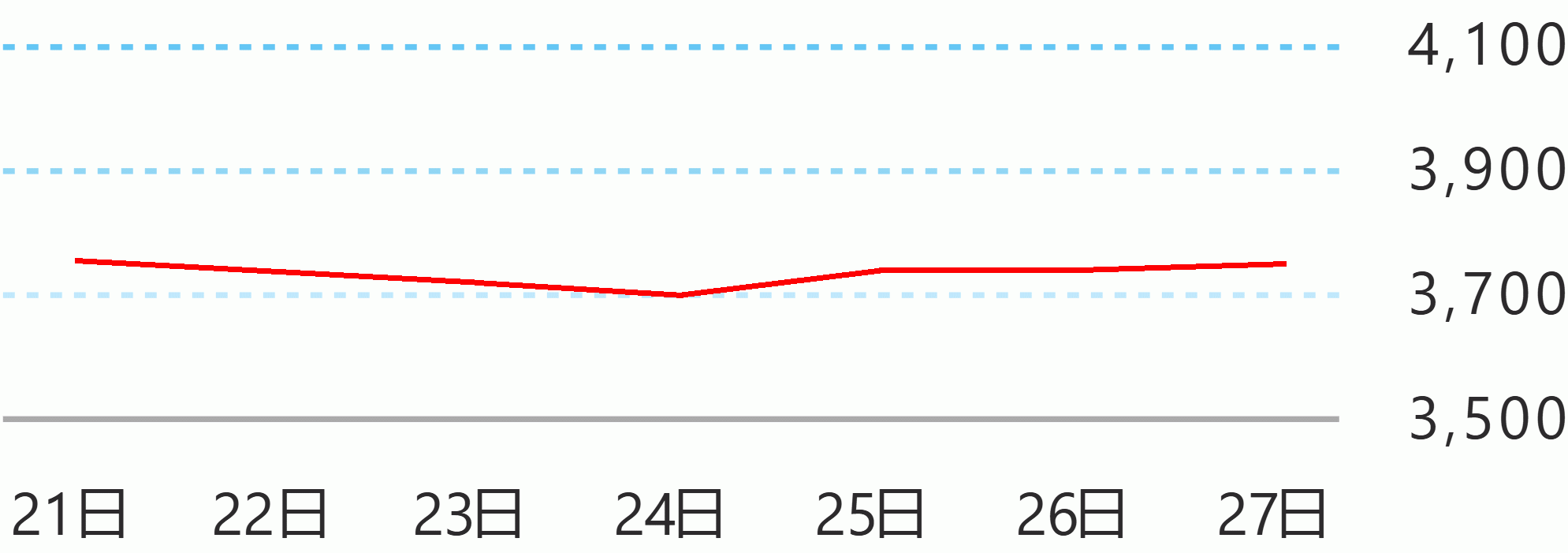The Duterte administration’s "Golden Age of Infrastructure" will not only sustain the Philippines’ growth momentum, but would also create more jobs and thereby lead to economic inclusion for all Filipinos, according to Department of Finance (DOF) Secretary Carlos Dominguez III.
“One of our big problems in this country is the large percentage of workers who are underemployed. The unemployed is only about five or six percent. But the underemployed is something like 16 percent. So by doing the infrastructure projects outside of the Mega Manila area, I think we will be creating jobs and bringing in people into the economy,” said Dominguez at a recent forum.
According to the International Labor Organization (ILO) for every $1 billion spent on infrastructure in developing economies, 200,000 direct jobs are created per year.
In step with its "DuterteNomics" economic strategy, the government is planning to spend some P8.4 trillion on its unprecedented infrastructure program, dubbed as the “Build, Build, Build” agenda, over the medium term or about $168 billion in the next five years.
Based on estimates done by the National Economic and Development Authority (NEDA), the "Build, Build, Build" program is expected to generate 106,824 additional jobs this year; 823,696 jobs in 2018; 1,115,999 jobs in 2019; 1,228,964 jobs in 2020; 1,399,463 jobs in 2021; and 1,705,021 jobs in 2022.
“I was just telling [Budget Secretary] Ben [Diokno] here that if we’re lucky, we’ll run short of workers. If we’re lucky enough to get the projects really going, we will have that problem of success, that we will not have enough workers. That means to say prices of labor are going to go up. So that’s part of economic inclusivity,” said Dominguez at the forum.
The top 10 sectors where the NEDA expects to generate the most jobs under this ambitious infra program are in construction; wholesale and retail trade; wood, bamboo, cane and rattan articles; forestry; fabricated metal products; stone quarrying, clay and sandpits; land transport; non-metallic mineral products; gold mining; and renting and other business activities.
While the average rate for infrastructure spending in the past administrations was 2.6 percent of the GDP, the Duterte presidency plans to ramp it up to 5.3 percent of GDP for this year alone with an infra budget of P847 billion.
The Duterte administration plans to gradually increase the public infrastructure budget to P 1.2 trillion in 2018; P 1.3 trillion in 2019; P1.5 trillion in 2020; P1.7 trillion in 2021; and P1.9 trillion in 2022. DMS





 English
English









